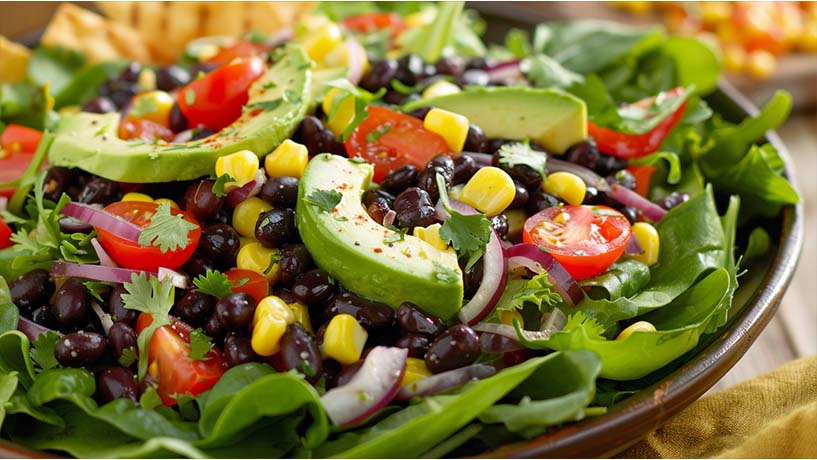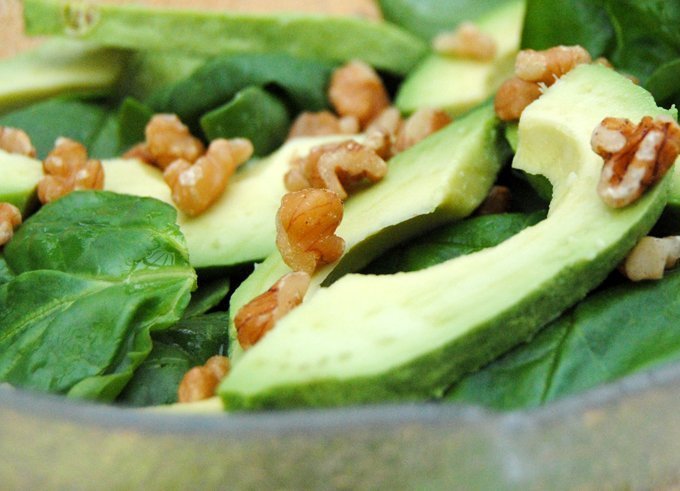Ever feel like you’re doing everything “right” and still not seeing results? You’re not alone. Most people genuinely believe they’re eating less than they are — not because they’re being dishonest, but because we don’t naturally keep track.
That’s why I like photo-based food tracking. It’s quick, low-effort, and makes you pause before you eat — just long enough to stay intentional. While I was in Punta Cana, I started snapping photos of my meals and asking ChatGPT to estimate the calories. It gave me solid, helpful numbers without needing a food scale or app. Simple, useful, and consistent.
This isn’t about being perfect. It’s about paying attention. You can’t fix what you don’t track — and this 3-day challenge gives you a clear snapshot of your habits so you can make better decisions with way less guesswork.
Why a Photo-Based Challenge Works (Better Than Apps)
Most food tracking apps sound helpful until you actually try to use them. You’re stuck guessing portion sizes, scrolling through endless food entries, and somehow your “quick lunch” turns into five minutes of data entry. It’s no wonder people give up.
That’s why I prefer something simpler: taking photos. It’s immediate. It doesn’t interrupt your day. And most importantly, it’s visual. You can glance back at your photos and instantly spot patterns — how often you snack, how balanced your meals are, or how much your portions creep up when you’re tired or rushed.
Using photos also keeps you engaged without turning tracking into a chore. When I was traveling, I didn’t have time (or interest) to weigh or log food. But I still wanted to stay aware. So I took pictures. Then I used ChatGPT to estimate the calories from the photos — and it worked. Fast, easy, no friction.
This method won’t give you perfect macros, but it gives you what most people really need: visibility, accountability, and a moment to pause and reflect.

How to Do the 3-Day Food Tracking Challenge
This challenge is designed to be simple. No apps, no calorie counting (unless you want to). Just three days of observing what you eat — clearly, honestly, and with as little friction as possible.
Here’s how to do it:
- Take a photo of everything you eat and drink.
Not just meals — include snacks, bites while cooking, and anything you “grab quickly.” It all counts. - Store the photos in a single album or folder.
Keep it organized. At the end of the day, review them. You’ll start to notice patterns you might have missed — skipped meals, bigger portions, or more frequent snacks. - Optional: Use ChatGPT to estimate the calories.
Upload your photo and ask for a calorie estimate. It’s not perfect, but it’s fast and surprisingly helpful when you’re trying to stay aware while traveling or just living life. - Want support? Share in the 21 Day Challenge Facebook group.
Use the hashtag #21dcfoodphotos if you’re posting. Seeing others do the same can make it easier — and sometimes even fun.
This isn’t about being judged. You don’t have to explain your food choices to anyone. The power is in the act of observing. Once you see the full picture, it’s easier to take control without relying on willpower alone.
Why Just 3 Days?
Three days might not sound like much — but that’s exactly the point.
Short-term tracking lowers the barrier to entry. It doesn’t feel overwhelming, and most people are willing to commit to three days even when they’re busy, traveling, or feeling unmotivated. It’s long enough to reveal patterns, but short enough to prevent burnout.
You’ll likely see trends quickly: skipping meals, snacking out of boredom, eating too little early in the day and overeating at night. These patterns don’t need weeks to show up — they often surface in just a couple of days when you’re paying attention.
And if things go off the rails midweek or on a weekend? No problem. You can redo the challenge anytime. It works as a reset — a quick way to come back to awareness without needing a full-on food log or strict diet.
This isn’t about gathering “enough” data. It’s about getting a clear snapshot. Three honest days are more powerful than thirty vague ones.
This Isn’t About Dieting — It’s About Awareness
Let’s be clear: this challenge isn’t a diet plan, and there are no “good” or “bad” foods here. You’re not doing this to judge yourself — you’re doing it to understand yourself.
Food tracking, especially through photos, removes the guesswork. It helps you see your habits in a way that calorie labels and food rules never can. You’re not restricting anything — you’re just observing. And that alone can lead to better choices without relying on willpower.
Maybe you’ll notice you’re skipping meals and crashing later. Maybe you’ll spot how often you finish your kids’ leftovers without even realizing it. Maybe nothing surprises you — and that’s useful too. The goal isn’t guilt. It’s data.
And if you snap a photo of a drive-thru meal or a late-night snack? That’s part of the process. You’re being honest. You’re tracking what’s real. That’s the only way to change anything — not through perfection, but through awareness.
What Happens After the 3 Days?
Once you’ve completed the challenge, don’t feel like you have to keep going unless you want to. The point isn’t to turn this into a lifelong habit (though you might want to). It’s to build awareness and use that awareness to make better choices moving forward.
After three days of honest tracking, ask yourself:
- What did I learn about my eating habits?
- What surprised me — or didn’t?
- What’s one small thing I can adjust without overhauling everything?
You don’t need to switch to weighing your food or counting macros unless that’s something that fits your goals. Maybe you just start being more intentional with portions. Or you decide to prep a better breakfast so you’re not grabbing random snacks before lunch.
If the process felt useful, you can do another 3-day snapshot anytime you want a reset — no pressure, no app commitment. Just a check-in with yourself.
FAQ: Food Tracking Challenge
Do I have to track calories too?
No. This challenge is about awareness, not numbers. Taking photos gives you the clarity you need without having to measure or log every detail. If you want to estimate calories, tools like ChatGPT can help — but it’s optional.
What if I eat something I’m embarrassed to photograph?
That’s exactly why this works. If you’re tempted to skip the photo, that’s a signal. You’re not doing this to impress anyone — you’re doing it to understand your habits. And that “embarrassing” meal? It’s part of the data. No shame. Just honesty.
What if I forget to take a photo?
Don’t worry — it happens. If you forget, just write a quick note or snap a picture after the fact, even if it’s just the empty plate. This isn’t about being perfect; it’s about showing up and building awareness.
Is this challenge okay if I’ve struggled with disordered eating?
If you have a history of disordered eating or find that food tracking becomes obsessive or triggering, skip this challenge or consult with a healthcare provider first. The goal here is self-awareness, not control. Your mental health always comes first.
Ready to Start? Join the 21-Day Challenge Community
The 3-day food tracking challenge is a small step — but it’s one that creates real momentum. If you’re ready to go further, the 21 Day Challenge group is here to support you.
Inside the group, you’ll find:
- Accountability from others doing the same challenge
- A place to post your food photos if you want extra support
- Encouragement when motivation dips
- Zero judgment — just progress
Use the hashtag #21dcfoodphotos if you share your meals. Or keep it private — the key is consistency, not performance. This is your space to show up, reset, and keep going.
You don’t need to be perfect. You just need to start.



